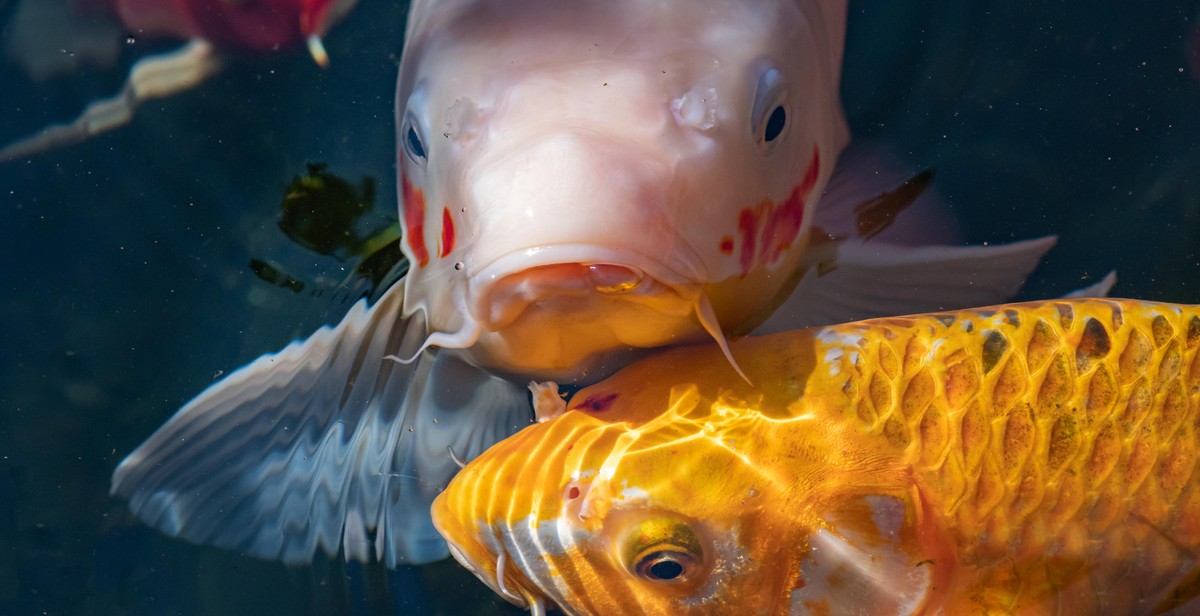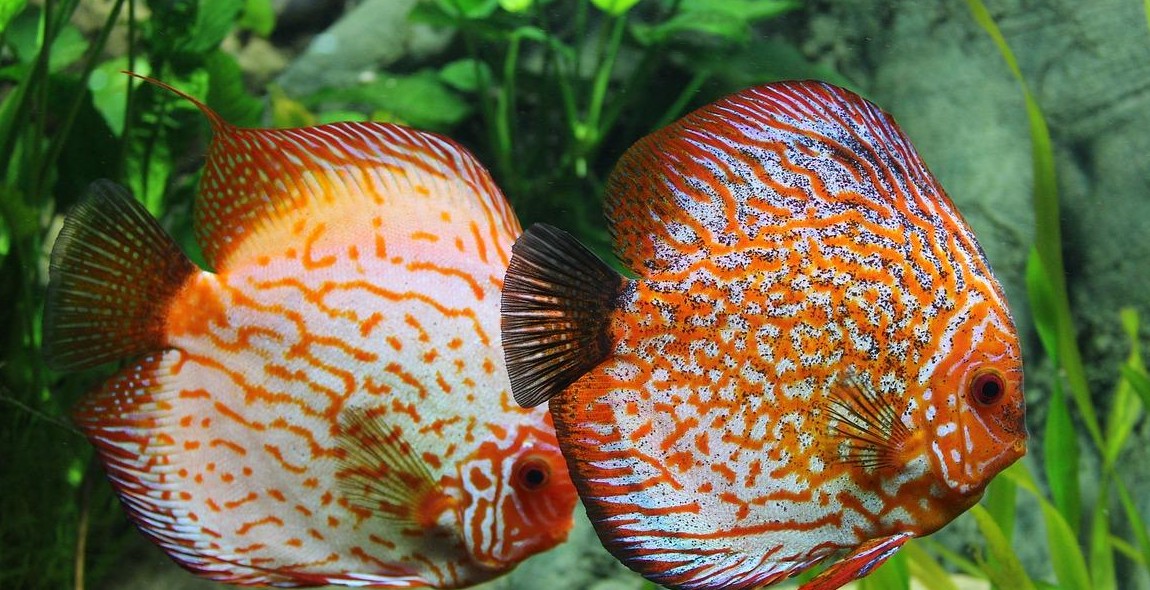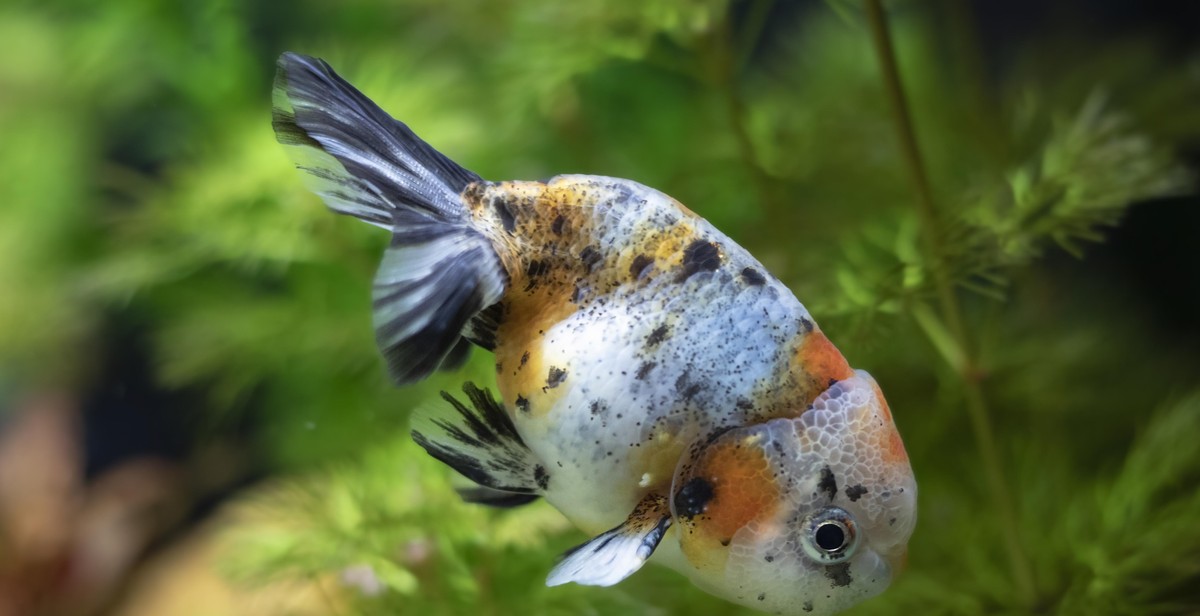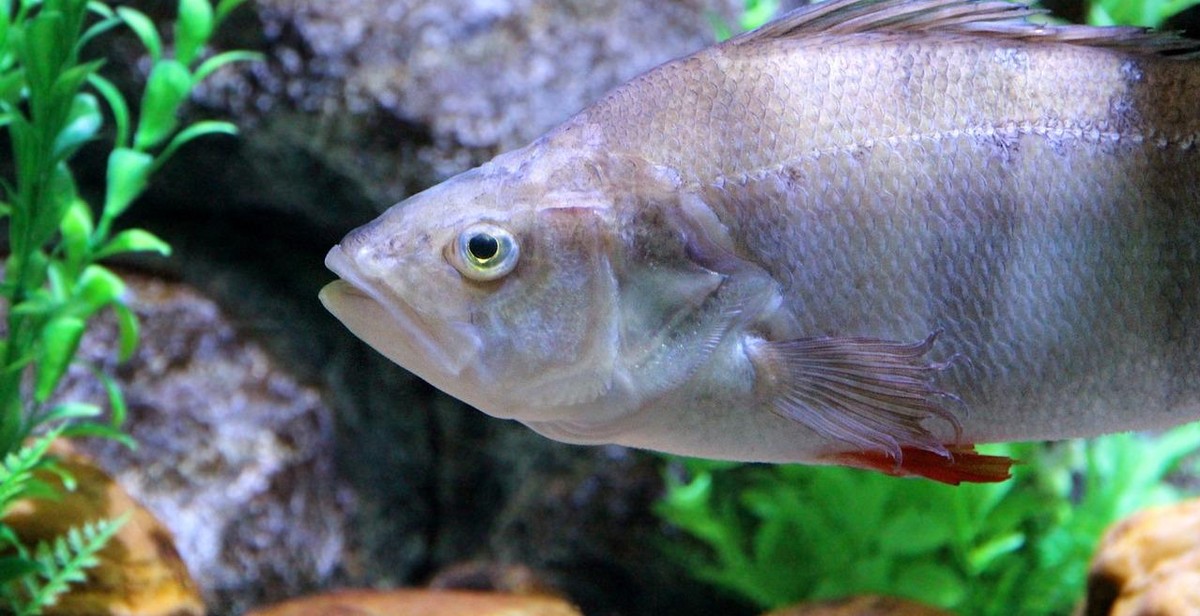How to Set Up a Freshwater Aquarium: Step-by-Step Guide for Beginners
Setting up a freshwater aquarium can be an exciting and rewarding experience for beginners. However, it can also be overwhelming without proper guidance. This step-by-step guide will help you create a healthy and thriving freshwater aquarium.
Step 1: Choose the Right Aquarium
The first step is to choose the right aquarium for your space and budget. Consider the size, shape, and material of the tank. It’s important to choose a tank that is large enough for your fish to swim comfortably and has a secure lid to prevent fish from jumping out.
Step 2: Select the Right Equipment
Once you have chosen the aquarium, you need to select the right equipment. This includes a filter, heater, lighting, substrate, and decorations. Make sure to choose equipment that is appropriate for the size of your tank and the type of fish you plan to keep.
Step 3: Set Up the Aquarium
After you have gathered all the necessary equipment, it’s time to set up the aquarium. This involves adding substrate, decorations, and filling the tank with water. Make sure to add a water conditioner to remove any harmful chemicals from tap water.
Step 4: Cycle the Aquarium
Before adding fish, you need to cycle the aquarium to establish a healthy and stable environment. This involves growing beneficial bacteria that will break down fish waste and prevent ammonia buildup. You can cycle the aquarium by adding fish food or using a bacterial supplement.
Step 5: Add Fish
Once the aquarium is cycled, it’s time to add fish. Start with a few hardy and small fish and gradually add more over time. Make sure to research the specific requirements of each fish species and provide proper care.
By following these steps, you can set up a healthy and thriving freshwater aquarium for beginners. Stay tuned for more tips and advice on maintaining your aquarium.

Step 1: Choosing the Right Tank
Setting up a freshwater aquarium requires careful planning and consideration, starting with the selection of the right tank. Here are two important factors to consider when choosing a tank:
Size Matters
The size of your tank is crucial, as it determines the number and types of fish you can keep. As a general rule, the larger the tank, the better. A larger tank provides more swimming space for your fish, as well as a larger surface area for beneficial bacteria to grow and maintain a healthy environment. Additionally, a larger tank is more forgiving of mistakes in water quality and temperature fluctuations.
For beginners, a tank size of at least 20 gallons is recommended. This size allows for a few small fish and provides enough water volume to maintain stable water conditions. However, if you have the space and budget, a larger tank is always better.
Glass or Acrylic?
When it comes to the material of the tank, there are two main options: glass and acrylic.
- Glass tanks are more affordable and scratch-resistant, but they are heavier and more brittle, making them more susceptible to cracking or breaking.
- Acrylic tanks are lighter and more durable, with less distortion and better insulation. However, they are also more expensive and scratch more easily, requiring special cleaning tools to avoid damaging the surface.
Ultimately, the choice between glass and acrylic comes down to personal preference and budget. Both materials can provide a suitable environment for your fish, as long as they are properly maintained and cared for.
Step 2: Selecting the Right Equipment
Once you have decided on the size and location of your freshwater aquarium, the next step is to select the right equipment. The equipment you choose will depend on the type of fish and plants you plan to keep, as well as your budget.
Filtration Systems
Filtration systems are essential for maintaining a healthy and clean aquarium. There are three types of filtration systems: mechanical, biological, and chemical. Mechanical filters remove debris and waste from the water, biological filters use beneficial bacteria to break down harmful substances, and chemical filters remove impurities such as chlorine and ammonia.
Heaters
Most freshwater fish require a consistent water temperature, so a heater is necessary. Choose a heater that is appropriate for the size of your aquarium and the type of fish you plan to keep. It’s important to monitor the temperature regularly to ensure it stays within the desired range.
Lighting
Lighting is important for both the health of your fish and the growth of plants. Choose a light that is appropriate for the size of your aquarium and the type of plants you plan to keep. Be sure to provide a consistent light schedule to promote healthy growth.
Substrate and Decor
Substrate and decor not only add aesthetic value to your aquarium but also provide a natural environment for your fish. Choose a substrate that is appropriate for the type of fish and plants you plan to keep. Decor such as rocks, driftwood, and plants can provide hiding places for fish and create a more natural environment.
| Equipment | Considerations |
|---|---|
| Filtration Systems | Choose the appropriate type of filtration system for your aquarium |
| Heaters | Choose a heater that is appropriate for the size of your aquarium and the type of fish you plan to keep |
| Lighting | Choose a light that is appropriate for the size of your aquarium and the type of plants you plan to keep |
| Substrate and Decor | Choose a substrate and decor that is appropriate for the type of fish and plants you plan to keep |

Step 3: Adding Water and Setting Up the Tank
Now that you have rinsed and placed the substrate, it’s time to add water and conditioner to your aquarium. Follow these steps:
Add Water
Fill your tank with tap water. Be careful not to disturb the substrate while pouring the water. Fill the tank to the appropriate level, leaving some space at the top for equipment installation and fish swimming.
Add Conditioner
Before adding fish to your tank, you need to condition the water. Use a water conditioner to remove chlorine, chloramine, and heavy metals from the water. Follow the instructions on the label for the appropriate amount of conditioner to use.
Install and Turn On Equipment
Install and turn on your equipment, including the filter, heater, and air pump. Make sure they are working properly before adding fish to your tank. Also, set the appropriate temperature on your heater to ensure a comfortable environment for your fish.
Now that your tank is set up and ready, it’s time to add fish! But before you do that, you need to cycle your tank to establish beneficial bacteria that will keep your fish healthy. Stay tuned for the next step in our beginner’s guide to setting up a freshwater aquarium.

Step 4: Cycling the Tank
Before adding any fish to your freshwater aquarium, it is important to cycle the tank. Cycling the tank is the process of establishing beneficial bacteria in the tank that will convert harmful toxins into less harmful ones. This process is crucial to the health and well-being of your fish.
What is the Nitrogen Cycle?
The nitrogen cycle is the process by which beneficial bacteria convert harmful toxins produced by fish waste, uneaten food, and decaying plant matter into less harmful substances. The cycle involves three types of bacteria:
- Ammonia-producing bacteria: These bacteria convert fish waste and uneaten food into ammonia, a toxic substance that is harmful to fish.
- Nitrite-producing bacteria: These bacteria convert ammonia into nitrite, which is also toxic to fish.
- Nitrate-producing bacteria: These bacteria convert nitrite into nitrate, which is less harmful to fish but can still be harmful in large quantities.
How to Cycle Your Tank
There are several methods for cycling your tank, but the most common is the fishless cycle. This involves adding a source of ammonia to the tank, such as fish food or pure ammonia, and allowing the beneficial bacteria to establish themselves over several weeks.
- Start by testing the water in your tank to determine the baseline levels of ammonia, nitrite, and nitrate.
- Add a source of ammonia to the tank, such as fish food or pure ammonia.
- Monitor the levels of ammonia, nitrite, and nitrate over several weeks using a test kit.
- Once the levels of ammonia and nitrite have dropped to zero and the level of nitrate has increased, the tank is cycled and ready for fish.
It is important to note that adding fish to an uncycled tank can result in high levels of ammonia and nitrite, which can be deadly to fish. It is recommended to wait at least a week after the cycle is complete before adding any fish to the tank.

Step 5: Adding Fish and Plants
Now that your freshwater aquarium is set up, it’s time to add fish and plants. Here are some important things to consider:
Choosing the Right Fish
- Research the fish you want to keep to ensure they are compatible with each other and your tank’s size and water parameters.
- Start with a few hardy fish, such as tetras or guppies, before adding more sensitive species.
- Avoid overstocking your tank, as it can lead to poor water quality and stressed fish.
Introducing Fish to Your Tank
- Acclimate your fish to the tank’s water temperature by floating the bag in the tank for 10-15 minutes before releasing them.
- Release fish one at a time to avoid overcrowding and territorial disputes.
- Monitor your fish closely for the first few days to ensure they are healthy and eating properly.
Adding Live Plants
Live plants not only add beauty to your aquarium but also help maintain water quality by absorbing nitrates and producing oxygen. Here are some tips for adding live plants to your tank:
- Choose plants that are compatible with your tank’s lighting and substrate.
- Plant them carefully, making sure the roots are covered with substrate and the leaves are above the waterline.
- Provide adequate lighting and fertilization to promote plant growth.
- Prune plants regularly to prevent overgrowth and maintain a healthy ecosystem.
| Tip: | Consider adding a few snails or shrimp to your tank. They can help keep the tank clean by eating algae and leftover food. |
With these tips in mind, you can create a beautiful and healthy freshwater aquarium that both you and your fish will enjoy.
Step 6: Maintenance and Care
Setting up a freshwater aquarium is just the beginning. To keep your fish healthy and happy, you need to maintain and care for your aquarium regularly. Here are some important maintenance and care tips:
Water Changes
Regular water changes are essential to keep your aquarium clean and healthy for your fish. It is recommended to change 10-15% of the water every week. This will help remove excess nutrients, waste, and other harmful substances from the water.
Cleaning the Tank
Regular cleaning of your aquarium is crucial to keep your fish healthy. You should clean the tank, filter, and substrate every month. Use an aquarium vacuum to remove any debris from the substrate. Clean the filter media with old tank water to avoid killing beneficial bacteria.
Feeding Your Fish
Proper feeding is essential for your fish’s health. Feed your fish once or twice a day, and only give them the amount of food they can eat in a few minutes. Overfeeding can lead to poor water quality and health problems for your fish.
| Tasks | Frequency |
|---|---|
| Water Changes | 10-15% every week |
| Cleaning the Tank | Every month |
| Feeding Your Fish | Once or twice a day |
By following these maintenance and care tips, you can ensure the health and happiness of your fish and enjoy a beautiful aquarium for years to come.
Conclusion
Setting up a freshwater aquarium can be a great hobby and a rewarding experience for beginners. With the right equipment, knowledge, and patience, you can create a beautiful and thriving aquatic environment for your fish and other aquatic creatures.
Remember to choose the right tank size, filter, substrate, decorations, and lighting based on the needs of your fish and plants. Keep a close eye on the water parameters such as temperature, pH, and ammonia levels to ensure a healthy and stable environment.
Make sure to cycle your tank before adding any fish and follow a regular maintenance routine to keep your aquarium clean and healthy. Test the water regularly and perform partial water changes as needed.
Lastly, enjoy the process of setting up and maintaining your aquarium. It can be a relaxing and enjoyable pastime that can bring a lot of joy and beauty to your home.
- Choose the right equipment and decorations based on the needs of your fish and plants
- Monitor and maintain water parameters regularly
- Cycle your tank before adding any fish
- Follow a regular maintenance routine
- Enjoy the process and the rewards of having a beautiful and thriving aquarium
| Step | Summary |
|---|---|
| 1 | Choose the right tank size and location |
| 2 | Add substrate, decorations, and equipment |
| 3 | Fill the tank with water and add dechlorinator |
| 4 | Cycle the tank with beneficial bacteria |
| 5 | Test water parameters and adjust as needed |
| 6 | Add fish and other aquatic creatures |
| 7 | Maintain the tank with regular water changes and cleaning |
